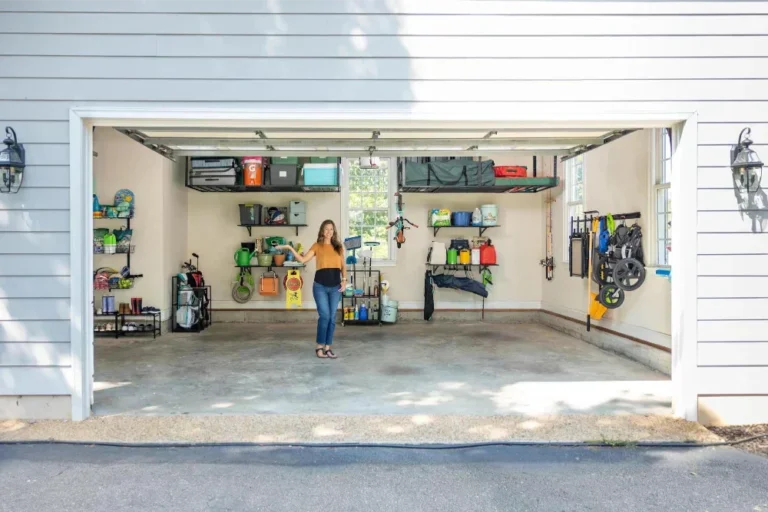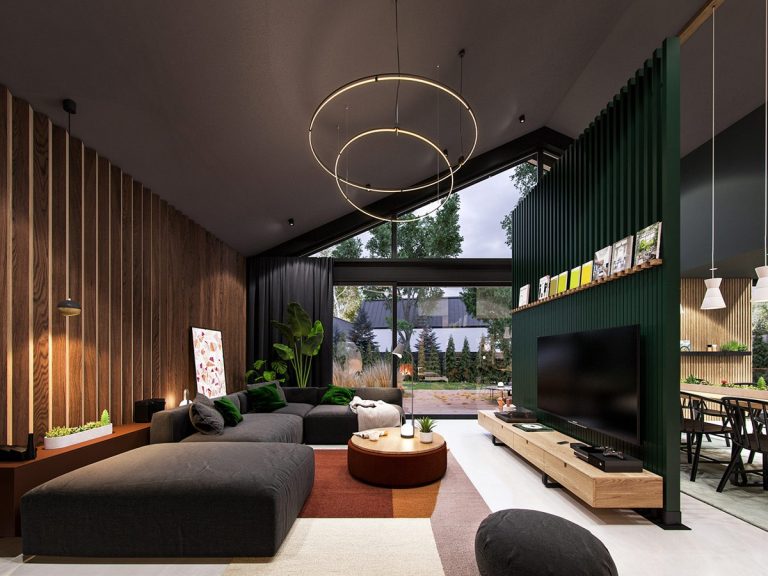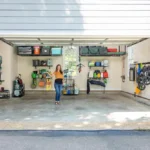When it comes to home decor, two dominant approaches often arise: curating a space based on a defined style or opting for a DIY approach. Both methods have their merits, and both are capable of creating beautiful, functional environments. However, the decision to follow a specific style or embark on a DIY journey often depends on personal preferences, budget constraints, available time, and the desired aesthetic outcome. In this article, we’ll explore the pros and cons of each approach—style and DIY—dissecting their impact on the design process and helping you determine which might work best for your home.
Defining Style: The Power of Cohesion
When we talk about “style” in home decor, we’re referring to a defined, often cohesive look or theme that guides the design choices within a space. Whether it’s the sleek lines and neutral tones of modern minimalism or the warm textures and vintage appeal of rustic farmhouse decor, a particular style provides a structured framework for creating a harmonious environment.
Pros of Following a Defined Style
-
Cohesion and Balance: One of the most significant benefits of committing to a specific style is the ease of creating a unified space. A particular aesthetic comes with guidelines that ensure everything in the room works together—whether it’s the color palette, furniture choices, or materials. For example, Scandinavian design emphasizes light wood, clean lines, and light color schemes, making it easier to choose pieces that align with the overall vibe. The result is a space that feels thoughtful, balanced, and cohesive.
-
Timeless Appeal: Well-chosen styles, such as mid-century modern or classic minimalism, often stand the test of time. Rather than being tied to transient trends, these timeless styles offer enduring beauty and functionality. This makes it easier to invest in pieces that won’t quickly feel outdated.
-
Easier Decision-Making: A defined style can simplify decision-making. With a clear aesthetic in mind, the process of selecting furniture, colors, and accessories becomes less overwhelming. The possibilities are narrowed, and you can make choices with confidence, knowing they will complement the rest of the space.
Cons of Following a Defined Style
-
Potential Lack of Personalization: One challenge of sticking to a rigid style is the potential for your space to feel generic or impersonal. When you follow a trend or a pre-determined look too closely, it can be easy to lose sight of your unique preferences. It might feel like the room is more about the trend than your personal taste and lifestyle.
-
Cost Considerations: While a defined style can guide your choices, it may also lead to higher costs. Many popular styles, such as mid-century modern or luxe minimalist, require high-end furniture and accessories. Additionally, curated pieces often come at a premium price.
-
Limited Creativity: Following a style closely can sometimes limit your creative freedom. Mixing and matching styles can create an eclectic, dynamic space, but sticking strictly to one aesthetic may make you feel confined to a certain mold, preventing you from exploring new ideas.
The Appeal of DIY: A Personal Touch
DIY (Do It Yourself) decor refers to the practice of creating, modifying, or repurposing home decor pieces yourself, rather than purchasing pre-made items. This approach can be deeply satisfying and cost-effective, allowing homeowners to add their personal touch to every corner of their home.
Pros of DIY Home Decor
-
Customization and Personalization: One of the most significant advantages of DIY is the ability to fully customize your space. Whether you’re building your own furniture, creating wall art, or repurposing vintage finds, DIY allows you to incorporate elements that reflect your personality and style. If you can’t find the perfect coffee table or bookshelf, you can craft one yourself, ensuring it fits your exact vision.
-
Cost-Effectiveness: DIY projects can be much more budget-friendly than purchasing brand-new, store-bought pieces. With the right tools, creativity, and time, you can transform inexpensive materials into stylish, functional decor. For example, a simple wooden pallet can become a trendy coffee table with a little sanding and a coat of paint.
-
Sense of Accomplishment: Completing a DIY project offers a sense of pride and fulfillment. The satisfaction of knowing that you made something with your own hands, rather than just buying it, can deepen your connection to the space and enhance your overall enjoyment of the room. It’s a creative endeavor that leaves a lasting impact on both your home and your confidence.
Cons of DIY Home Decor
-
Time and Effort: DIY projects require a considerable amount of time and effort. Whether it’s learning a new skill, gathering materials, or working on the project itself, DIY decor is often a slow and labor-intensive process. For those with busy schedules or limited experience, the time commitment might be more than anticipated.
-
Skill Limitations: Not all DIY projects are suited for beginners, and the final result can sometimes fall short of expectations. If you’re not confident in your crafting abilities, a DIY piece could end up looking less polished than a professionally made item. Mistakes may also occur, leading to wasted time, effort, and potentially higher costs to fix the issues.
-
Inconsistency in Design: While DIY decor offers endless customization, it can sometimes lack the cohesion that a defined style provides. If you’re not careful, a room filled with self-made projects could end up looking mismatched or cluttered, especially if the decor is not unified in color, theme, or materials.
When to Choose Style
Choosing a defined style works best if you value cohesion, timeless appeal, and ease in the decision-making process. If you’re looking to create a space that feels sophisticated and put-together without a lot of trial and error, a specific aesthetic may be the right choice. This approach works especially well if you’re investing in key furniture pieces that are meant to last for years. It’s also ideal for those who want a seamless, effortless look that feels high-end and well-curated.
Style is also a good fit for individuals who prefer a more structured approach to design. If you have a busy lifestyle or lack the time or interest to dive into the DIY process, following a style gives you a roadmap for decorating without requiring you to roll up your sleeves.
When to Choose DIY
DIY is the way to go if you’re looking for a personal touch and enjoy the creative process. If you have a strong sense of individuality and want your home to reflect your unique tastes, then crafting your own pieces is a powerful way to do so. DIY is particularly appealing for those who love hands-on projects, have a tight budget, or wish to create a more eclectic or personalized space.
DIY is also a great choice for those who enjoy the thrill of problem-solving and experimenting with new techniques. If you’re willing to invest time and effort into learning new skills or repurposing old materials, the end result can be incredibly rewarding.
A Balance of Both
For many people, the best approach isn’t an either/or decision between style and DIY, but rather a blend of both. You can have a room that follows a defined aesthetic while incorporating a few DIY elements that add personality and uniqueness. For example, a modern minimalist living room could feature custom-made throw pillows or a handcrafted coffee table. This balance allows you to enjoy the cohesion and timeless appeal of a particular style, while still infusing your space with personal flair and creativity.
Conclusion
Ultimately, the choice between style and DIY in home decor depends on what resonates most with you. If you value cohesion, timelessness, and ease, then adhering to a specific style may be the way to go. However, if you crave personal expression, budget-friendly options, and a hands-on experience, DIY projects may offer the satisfaction you seek. In reality, combining both approaches often yields the best of both worlds—a stylish and functional home that is truly a reflection of your personality and creativity.















